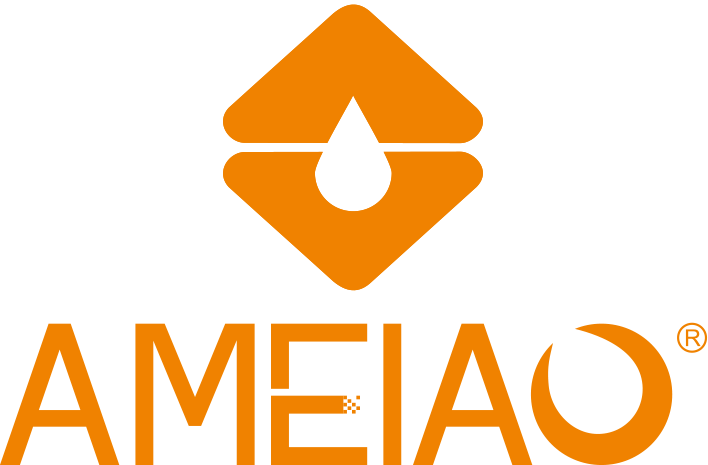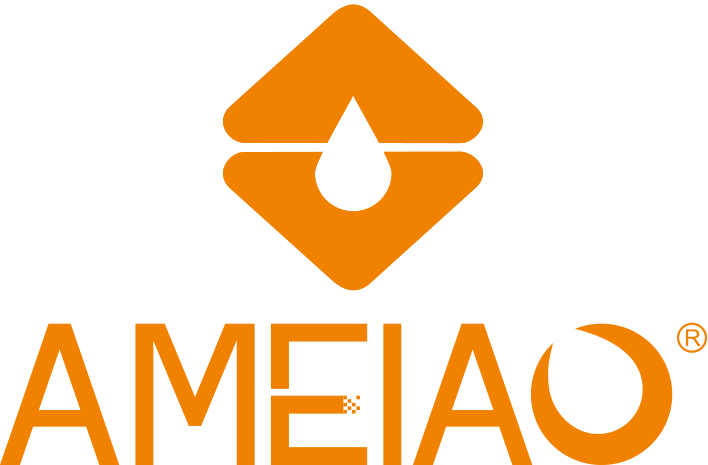What Is a Nano Sink?
A nano sink refers to a new generation of stainless steel Kitchen Sinks treated with nano-coating technology, which enhances surface performance far beyond traditional stainless steel. The “nano” term originates from nanometer-scale surface modification, meaning that the sink surface is engineered at the molecular level to achieve water repellence, stain resistance, antibacterial protection, and scratch resistance. These sinks are widely adopted in modern kitchens for their refined appearance, durability, and hygiene benefits.
The coating technology forms an ultra-thin, invisible layer that bonds with the stainless steel surface. This layer alters the metal’s surface tension, preventing oil, dust, and water molecules from adhering. As a result, nano sinks maintain a bright, clean look even after years of use.
Advanced Surface Technology
The nano-coating used on these sinks is developed through physical vapor deposition (PVD) or similar nanostructure technologies. It modifies the surface energy, achieving hydrophobic and oleophobic properties. When water touches the surface, it beads up and rolls away, taking dirt and oil with it — a phenomenon similar to the lotus effect found in nature.
Additionally, this technology improves the sink’s resistance to oxidation and corrosion. Even when exposed to hot water, detergents, and acidic residues, the nano layer preserves the underlying stainless steel’s shine and integrity. Many models feature anti-fingerprint technology, allowing easy cleaning with just a soft cloth.
Aesthetic and Functional Benefits
Nano sinks are not only about technology but also design sophistication. Their surfaces can be finished in matte black, gunmetal gray, rose gold, or champagne, depending on kitchen styles. The color comes from ion plating during the nano-treatment process, so it does not peel or fade over time.
The combination of aesthetics and functionality brings several advantages:
| Feature | Description |
|---|---|
| Stain Resistance | The nano layer prevents oil and lime scale buildup, keeping the sink clean longer. |
| Scratch Resistance | Enhanced surface hardness reduces visible wear from utensils and pots. |
| Anti-Bacterial | The nano-coating inhibits bacterial adhesion, improving kitchen hygiene. |
| Water Repellence | Water droplets slide off easily, minimizing water marks. |
| Color Stability | Ion-plated finishes maintain consistent color under daily use. |
These features make nano sinks an ideal choice for high-end kitchen interiors where style meets performance.
Durability and Maintenance
Traditional stainless steel sinks can lose their shine or develop visible scratches over time. Nano sinks, however, offer 5–8 times greater surface hardness than uncoated steel. The nano layer is also heat resistant up to 300 °C, ensuring stability even with boiling water or hot cookware.
Maintenance is simple. Routine cleaning only requires mild detergent and a soft sponge. Harsh chemicals or abrasive pads are unnecessary and discouraged. Because of the hydrophobic layer, stains and water spots rarely adhere, significantly reducing cleaning frequency.
Environmental and Hygienic Value
The nano-coating process used for premium sinks is eco-friendly, producing minimal emissions and waste. Unlike painted finishes, nano surfaces contain no volatile organic compounds (VOCs). Their antibacterial performance is achieved through surface microstructure rather than chemical additives, making them safe for food contact.
From a hygiene perspective, nano sinks are particularly beneficial in households where cleanliness is a priority. Their non-porous surface prevents bacteria from hiding in micro-scratches or crevices, ensuring a safer food preparation environment.
Applications in Modern Kitchens
Nano sinks are commonly installed in residential kitchens, bars, cafes, and high-end apartments. They complement quartz, granite, or marble countertops with elegant contrast. The minimalist aesthetic and functional performance also suit commercial or open kitchen designs where visual impact and hygiene are essential.
Many designers prefer under-mount or top-mount nano sinks for integrated visual flow. Some advanced models include sound-absorbing pads, drainer boards, or corner R-radius designs, improving usability and installation flexibility.
Choosing a Reliable Nano Sink Manufacturer
When selecting a nano sink, it is crucial to choose a manufacturer that ensures precise material control, advanced coating technology, and strict quality inspection. AMEIAO is a trusted name in the kitchen and bathroom industry, specializing in stainless steel sinks with nano-coating finishes. The company integrates design, production, and testing to deliver sinks that combine durability, modern design, and hygiene innovation. AMEIAO’s nano sinks undergo professional PVD treatment and strict corrosion resistance testing to meet international kitchen standards.
Their product line covers single and double bowl sinks, top mount and under mount models, and custom nano-coated options for various kitchen layouts. By providing both standard and OEM solutions, AMEIAO ensures flexibility for global distributors and project contractors.
Conclusion
A nano sink represents the evolution of stainless steel kitchen sinks — one that merges advanced nanotechnology with aesthetic craftsmanship. Its self-cleaning surface, antibacterial protection, and enduring color make it a premium choice for modern kitchens focused on both design and hygiene.
For homeowners, designers, and distributors seeking a durable and elegant kitchen sink, choosing a nano sink from AMEIAO ensures long-term reliability and refined beauty. Through innovation and precise manufacturing, AMEIAO continues to set new standards in kitchen sink technology.
Previous: How to Clean Pull out Kitchen Faucet?



 Mobile Phone:
Mobile Phone:


